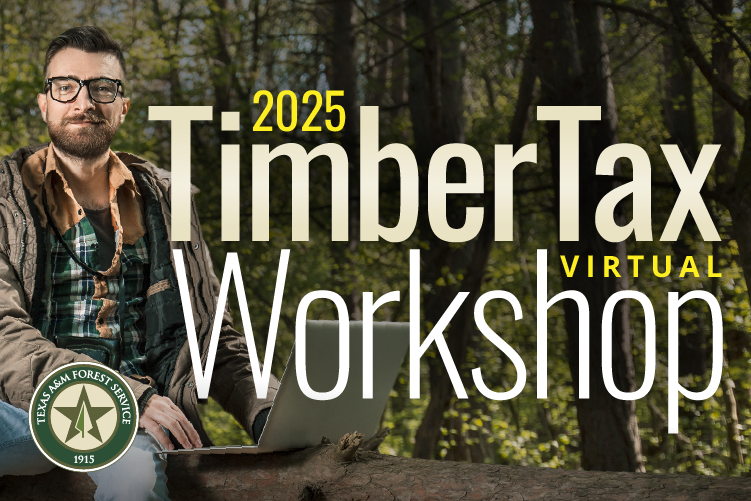 The virtual workshop to learn basic information about timber taxation and the latest changes to tax laws and rules for 2024 tax return preparations.
 Texas A&M Forest Service offers careers that can take you anywhere from a wildfire line defending lives and homes, to a forest protecting and conserving Texas natural resources to a computer working on a new application to create solutions for Texans across the state.  Join us as we celebrate the landmark of our state forest’s centennial year. Texas state forests are essential to our ecosystems, communities, and growth in the forestry industry.
|
| NEWSROOM |
|
|
|